1883 Ending Explained: The Dutton Family Legacy
A look at the tragic origins of the Yellowstone Dutton Ranch and its impact on future generations.
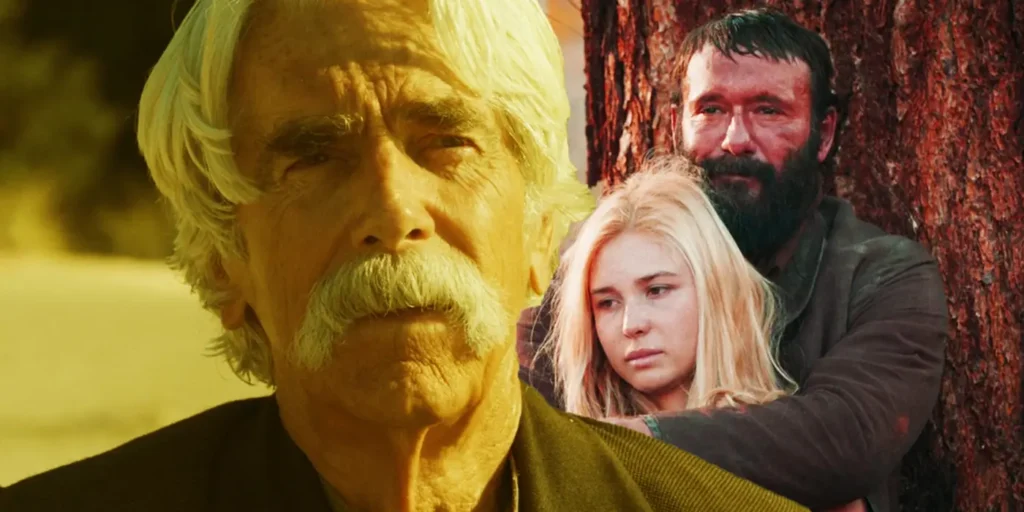
The end of 1883 provided a poignant conclusion to the 10-episode prequel series to Yellowstone. It masterfully set the stage for the future of the Dutton family and explained how they came to own the land in Montana that would eventually become the Yellowstone Dutton Ranch. The series primarily focuses on James Dillard Dutton, portrayed by Tim McGraw, and his wife, Margaret, played by Faith Hill. Their journey westward with their eldest daughter, Elsa, the show's narrator (played by Isabel May), and Shea Brennan, the leader of their wagon train (played by Sam Elliott), forms the core of the narrative.
Right from the outset, the Dutton family is confronted with danger, tragedy, and the gradual shrinking of their clan as they make their way west. Their story underscores the paramount importance of defending the Yellowstone Dutton Ranch, a responsibility inherited by each successive generation of the family. Witnessing the hardships the founders endured to acquire this land provides a deeper understanding of the vigilance displayed by future generations of ranchers.
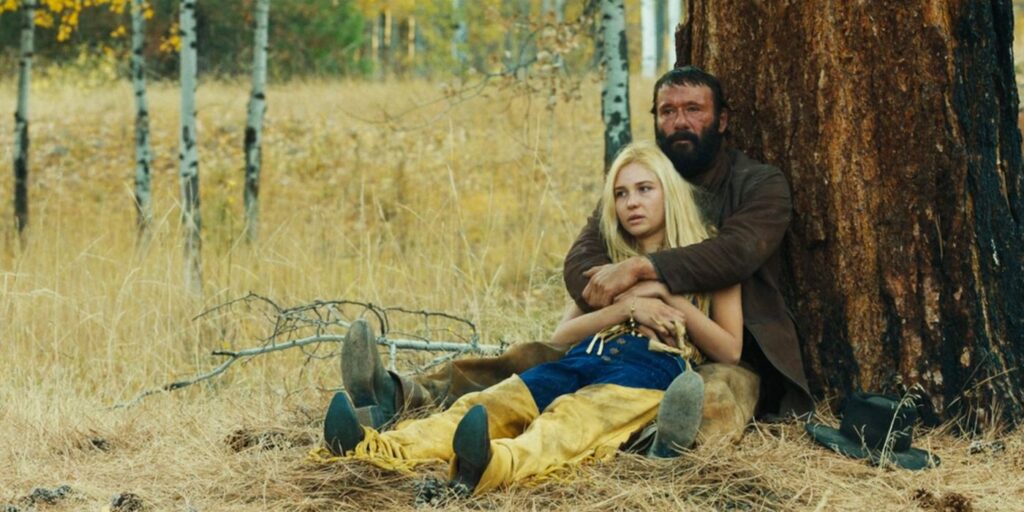
Elsa's death was a pivotal moment in 1883, signifying the end of the first chapter in the Dutton family saga.
As both the narrator and the heart and soul of the series, her passing marked a turning point for the Duttons. The manner of her death, resulting from a violent clash between white settlers and Lakota warriors, foreshadowed the ongoing tensions between Indigenous American communities and the Yellowstone Dutton Ranch in the present day. Elsa's death underscores the sacrifices made by the Duttons to claim their property and offers a glimpse into the origins of the conflicts that shape the Yellowstone universe.
The location where Elsa was laid to rest, a valley known as "Paradise", would eventually become the site of the Yellowstone Ranch. While the Duttons had finally reached their future homestead, this achievement came at a heavy price – the loss of their beloved daughter. The violence and hardship that led to the establishment of the ranch in 1883 would have repercussions for generations to come.
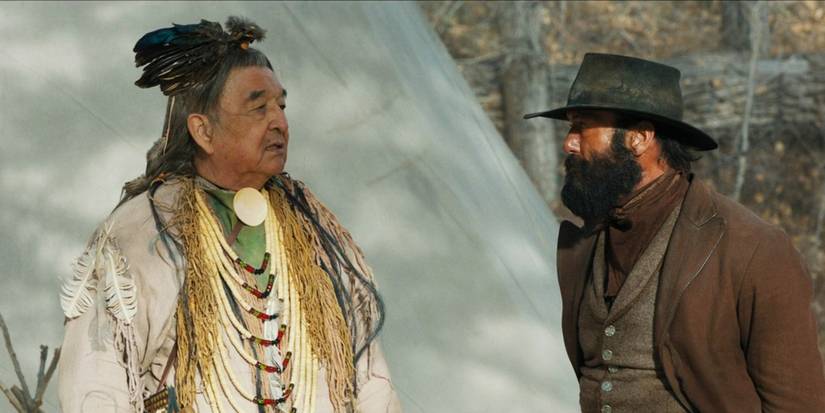
The 1883 ending doesn’t just focus on tragedy, however. It also offers glimpses of hope and optimism. Josef, who lost his wife and had to have his leg amputated, finally felt ready to move on and rebuild his life. Thomas and Noemi's family found a place to settle in Oregon. Shea, tormented by the loss of his wife, found peace at the ocean's edge and took his own life, achieving a sense of fulfilment in his final moments.
While Shea’s death is undeniably tragic, it represents a rare moment of tranquillity and fulfilment in 1883.
A hummingbird, a symbol of good luck in Indigenous American culture, appeared to Shea shortly before his death, perhaps foreshadowing good fortune for the surviving members of the caravan who found new homes in Oregon and Montana.
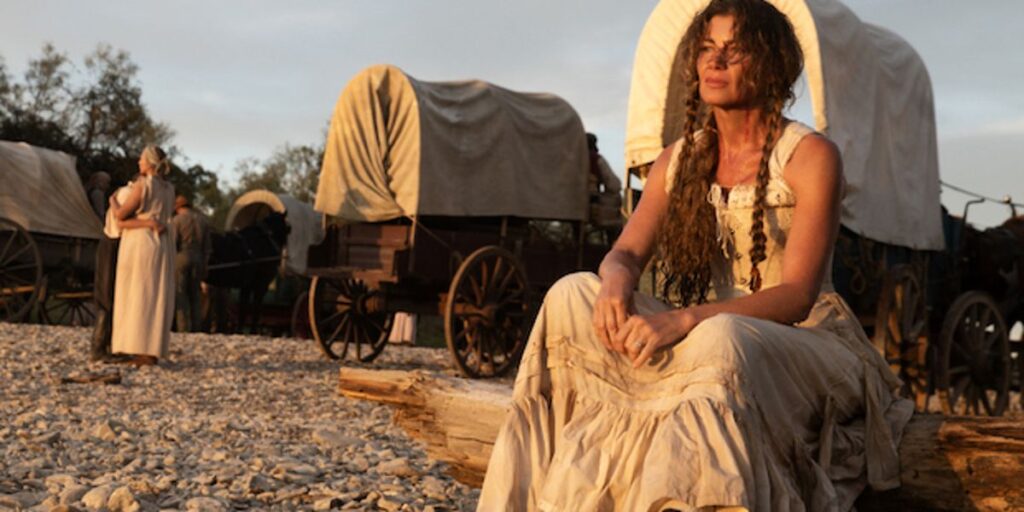
The story continues in 1923, picking up four decades after the events of 1883. This sequel reveals that James and Margaret, despite establishing the ranch, were unable to turn it into a prosperous enterprise. They both met untimely ends, with James succumbing to gunshot wounds from an encounter with horse thieves and Margaret freezing to death. Fortunately, Margaret had written to James's family for help before her death. James's brother, Jacob Dutton, answered the call, transforming the ranch into a successful business and raising James and Margaret's children as his own.
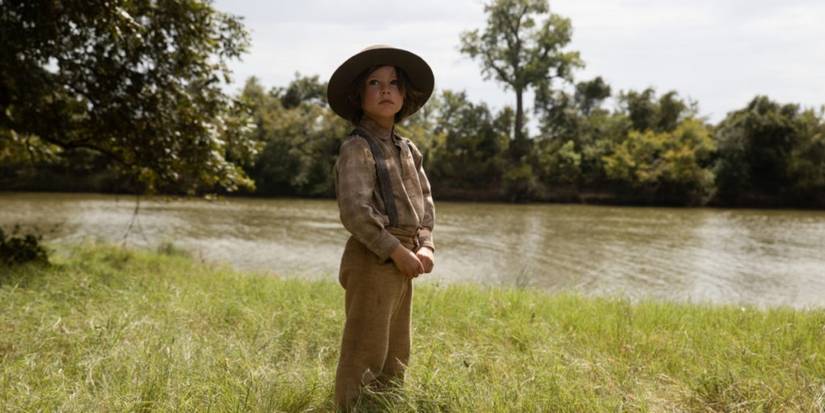
The 1883 ending, when viewed through the lens of 1923, effectively bridges the first 40 years of the Yellowstone Ranch's history.
1923 continues the tale of how the ranch was run under Jacob and Cara Dutton. It also explores the darker side of America's past, including the treatment of Indigenous Americans in boarding schools and the struggles of white pioneers in the harsh conditions of early 20th-century Montana.
1883 concluded by revealing the origins of the Yellowstone Dutton Ranch and the story of how the Duttons transformed Paradise Valley into the largest contiguous cattle ranch in America.8 This legacy of hardship, sacrifice, and determination continues in 1923, offering a compelling and multifaceted exploration of the Dutton family saga.

Leave a Reply